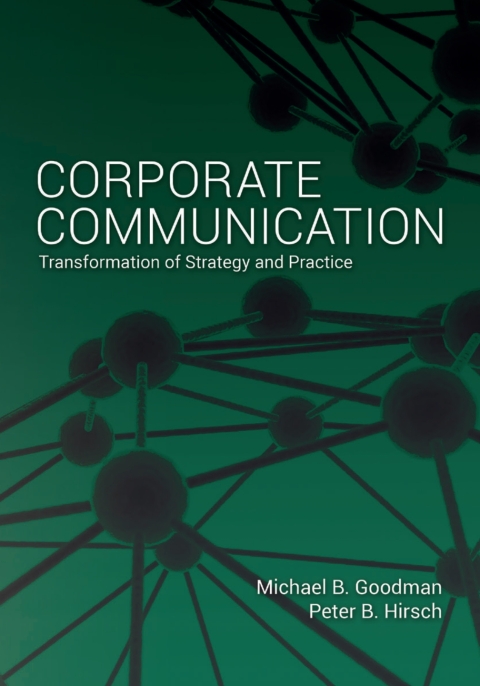Description
Efnisyfirlit
- Contents
- List of Figures
- List of Tables
- List of Sidebars
- List of Appendices
- Chapter 1. Introduction
- 1.1. What to Expect in this Book
- Background for this Book
- Chapter 2. The Corporate Communication Environment
- 2.1. Elements of the Contemporary Corporate Communication Environment
- 2.2. Development of the Corporate Communication Practice
- 2.3. Corporate Communication Development as a Strategic Management Function
- 2.4. CCI Corporate Communication Practices and Trends 1999–2017
- Chapter 3. The Importance and Impact of Intangibles—Corporate Sustainability, Identity, Culture;
- 3.1. How Sustainability Works
- 3.2. Importance of Corporate Identity
- 3.3. A resurgence in the discussion of corporate culture: Behaviors and words; Values and beliefs;
- 3.4. Valuation Changes, IR, and Branding; Plain Language and Valuation; Communication Dos and Don’
- 3.5. The Impact of Shallow Alliances and Loyalties as a Result of Digital Relationships
- 3.6. Crisis Prevention and Mitigation, Crisis Response, and Crisis Recovery Can Build or Destroy an
- Chapter 4. Information Sources, Channels and Digital Media
- 4.0. Information Sources, Channels, and Digital Media
- 4.1. Transformation of the Media Environment—New Opportunities; New Risks
- 4.2. Trusted Sources for Information
- 4.3. Research Goals Grounded in Reality and Truth
- 4.4. Alignment of Research Strategy with What Is Said and What Is Done; Words with Deeds
- 4.5. Barriers to Truth and Trust
- 4.6. Education holds the Keys to Successful Communication in a Democracy, Particularly in an Environ
- Chapter 5. Transformation of the Concept of Decision-making
- 5.1. Big Data, the Internet of Things, and Alterative Data Change the Ethical Decision-making Proces
- 5.2. The Opportunities Opened, and the Limitations Imposed, on Strategy and Practice by Big Data and
- 5.3. Behavioral Science Offers New Research Tools and Techniques that Influence the Methods and Mean
- 5.4. Determining Whether Decisions Are Rational or Emotional
- 5.5. How Daniel Kahneman’s Theories in his Book Thinking Fast and Slow Change How We T
- 5.6. The Importance of the Capability to Detect False Information—“Crap”—in the Contemporar
- Chapter 6. The Importance of Demographics and Multigenerational Audiences
- 6.0. The Importance of Demographics and Multigenerational Audiences
- 6.1. Generational Labels Simultaneously Obfuscate and Clarify Understanding for Corporate Communicat
- 6.2. How Educational, Class, and Economic Factors Work in this Environment
- 6.3. Gender, Ethnicity, and National Origin Complicate Communication for Corporations
- Chapter 7. Uncertainty—Nothing Is Forever
- 7.1. Impact of Technological Uncertainty
- 7.2. Impact of Geopolitical Uncertainty
- 7.3. Importance of Economic Uncertainty
- Economic Uncertainty and Technological Uncertainty
- Verification
- Democratization
- Data Privacy and Security
- Transparency
- Creepiness
- 7.4. Influence of Socio-cultural Uncertainty
- Radical Change
- Vocal Activism
- Quiet Engagement
- Strict Neutrality
- Chapter 8. Looking Around Corners
- Sources and Further Reading
- Contributors
- Index






Reviews
There are no reviews yet.